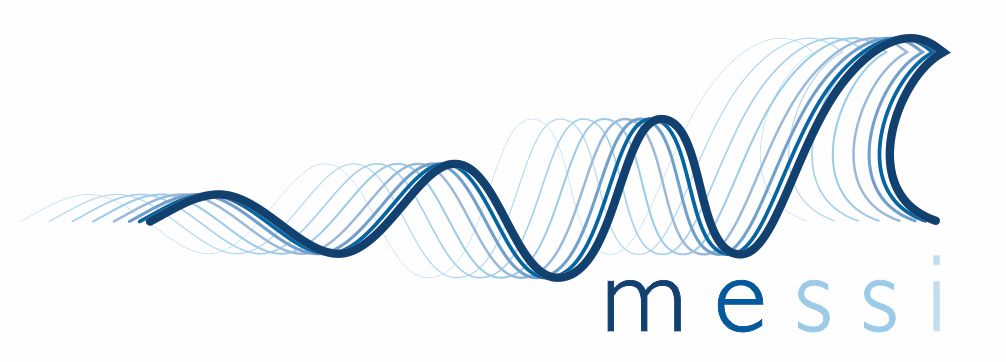









Flooding due to extreme sea levels can cause extensive damage to coastal areas, especially in low-lying towns and fertile river estuaries, largely present along the eastern Adriatic coastline. Because of predicted sea level rise and non-adapted coastal infrastructure, intensity and frequency of flooding events as well as induced damage are likely to increase further. Particularly dangerous are meteorological tsunamis – several metres high long-ocean waves generated by intense small-scale air pressure disturbances – which occasionally cause substantial damage to coastal towns of the Adriatic Sea (e.g. Vela Luka, Stari Grad, Mali Lošinj) and may raise panic in these highly tourist areas. The main objective of the MESSI project is to build a reliable prototype of a meteotsunami warning system based on real-time measurements, operational atmosphere and ocean modelling and real time decision-making process, using knowledge acquired from analysis of historical destructive events. The most prominent and destructive historical meteotsunamis will be investigated by using available atmospheric data and tide-gauge records and reproduced with state-of-the-art numerical ocean (ROMS, SELFE-SCHISM) and mesoscale atmospheric (ALADIN, WRF-ARW) models. Based on output of ocean numerical models, maps of meteotsunami hazard for the Adriatic Sea will be created. Synoptic weather conditions under which meteorological tsunamis typically occur will be classified and quantified. Regional atmospheric climate simulation outputs will be examined for meteotsunamigenic synoptic patterns in the present and future climate, allowing for assessment of meteotsunami potential and its trends. The prototype of a warning system in the middle Adriatic will be based on real-time measurements of key oceanographic and meteorological parameters, creation of operational meteotsunami decision matrix and semi-automatic procedures and protocols for warning of civil protection and local authorities. Such a meteotsunami warning system could present a boost for creation of a still non-existent Adriatic operational oceanographic service. Project outcomes will be highly beneficial for endangered coastal communities, in a sense of rising timely alarms, for planning of construction works along the coastline (roads, marinas, piers, etc.), for the navigation safety, educating people and raising awareness in endangered areas.